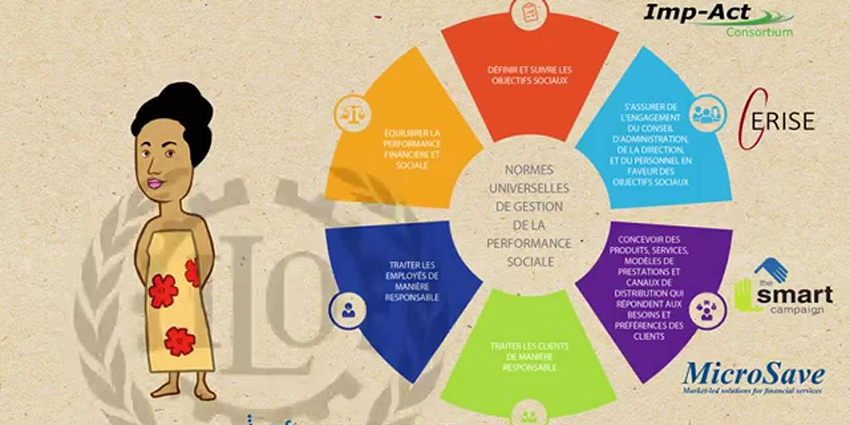
Does microfinance still work? The theme of the 2017 Microfinance Barometer is undoubtedly provocative. The question assumes that microfinance used to “work”, and begs another question: work in what way, exactly?
The question is not new. A lot of efforts (and money) have gone into trying to prove the impact of microfinance over the last two decades, with relatively little success. Methodological issues, high costs and lack of applicable results have led many to abandon efforts to “prove” impact, and focus instead on how to “improve”. This approach is known as social performance, based on the idea that for microfinance to “work”, you need to define what it means (i.e. your social goals) and measure your progress.
Today, the microfinance sector has an objective framework to assess and benchmark social performance. By May 2017, the audit tool had been used by more than 300 institutions in nearly 90 countries, creating a database of social performance scores that can be used for benchmarking.
SPI4 benchmark reports have helped the Responsible Microfinance Facility (funded by AFD), Opportunity International, ACEP, and investors such as REGMIFA, FEFISOL, GCAMF and I&P identify social risks and define targeted technical assistance.